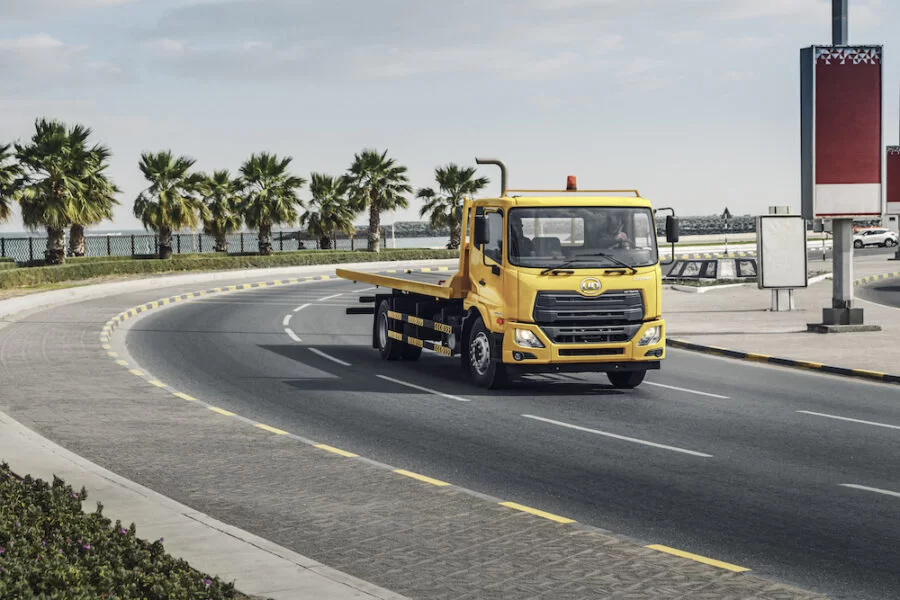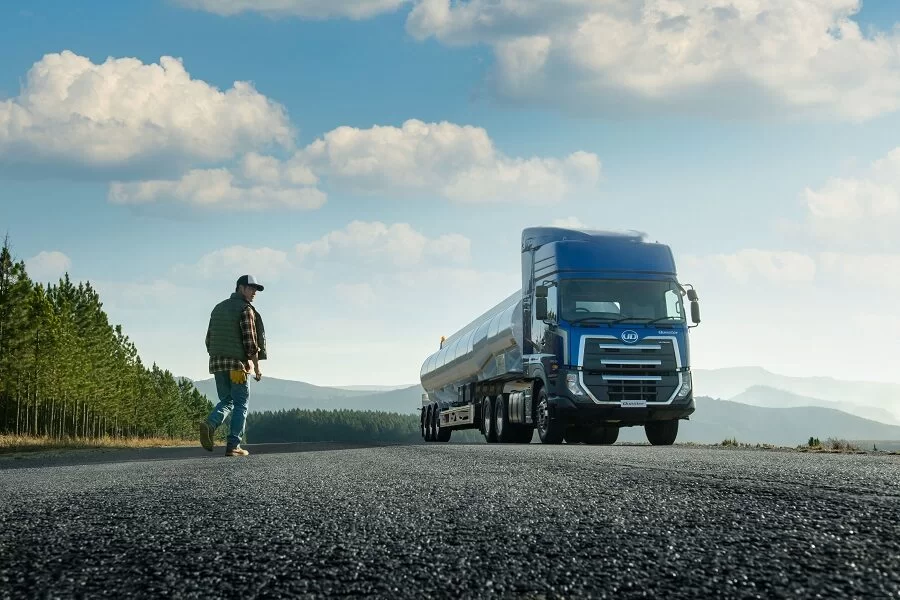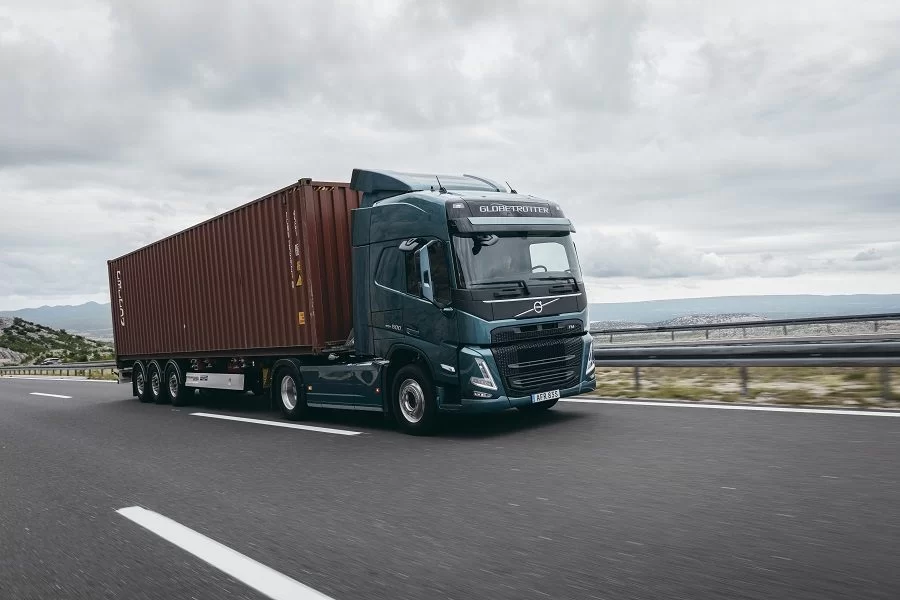Light, Medium, and Heavy-Duty: Learn More About Truck Classifications
Trucks are an important part of many industries. They help move goods and products around, which is necessary for most businesses. Without heavy-duty trucks, businesses would have trouble accessing the materials and products they need to serve their customers. However, due to the heavy weight of these vehicles, knowing a truck’s classification is important.
Most businesses benefit from using different kinds of trucks, depending on the task they need to accomplish. Trucks are divided into different classes for various kinds of work. Learning the difference between each class will allow you to find the right truck that can accommodate your business’s unique needs.
In this article, you’ll learn all about how trucks are classified, the importance of gross vehicle weight ratings (GVWR), and we also provide you with a truck classification chart in the end. Keep reading to know more!
How are Trucks Classified?
Trucks are divided into specific groups based on their gross vehicle weight ratings (GVWR). This is a safety standard used by manufacturers and the government to determine how much weight a vehicle can safely carry.
A truck’s GVWR determines the unit’s maximum rated weight, including its fuel, passengers, and cargo. It is dependent on the vehicle’s brake efficiency, tire capability, axle strength, and vehicle frame and is determined by the Original Equipment Manufacturer (OEM).
Knowing a vehicle’s GVWR is important because it sets the maximum amount of weight that can be legally carried on the truck. This ensures safety for both the driver and other motorists on the road because staying within the vehicle’s GVWR will help you avoid different safety concerns.
Importance of a Truck’s GVWR
Trucks are strictly classified based on their GVWR to ensure safety. Failing to comply with a truck’s maximum weight may lead to safety problems, including the following:
- Brake failure
- Tire blowouts
- Tire strain
- Ineffective suspension components
- Vehicle rollovers
Knowing a vehicle’s maximum acceptable weight is also essential to guarantee the appropriate maintenance of the vehicle. A truck’s GVWR may also need to meet certain specifications for permit requirements, weigh station guidelines, and license levels.
Three Main Truck Classifications
The different truck classifications fall within eight GVWR classes. Here are the three main types of trucks:
Light-Duty Trucks
The smallest type of truck that you can get for your business is the light-duty truck. The light truck classification weighs between 0 to 6,350 kilograms and consists of GVWR classes one to three:
- Class 1: 0 to 2,720 kilograms
- Class 2: 2,721 to 4,535 kilograms
- Class 3: 4,536 to 6,350 kilograms
Light-duty trucks are not typically used in commercial applications, such as logistics solutions trucking. Most of the time, this truck classification is utilized in towing passenger vehicles or carrying goods that weigh up to 1,585 to 1,815 kilograms. This type of transport truck is also commonly used by people who are moving residences or transporting personal items.
In the few times that light-duty trucks are used for commercial purposes, they are utilized for delivering goods to a local store. Here are some common examples of light-duty trucks:

Medium-Duty Trucks
Medium-duty trucks fall within GVWR classes four to six. They can also weigh anywhere from 6,351 to 11,794 kilograms:
- Class 4: 6,351 to 7,257 kilograms
- Class 5: 7,258 to 8,845 kilograms
- Class 6: 8,846 to 11,794 kilograms
This truck classification is commonly known as the most versatile. This is because different kinds of trucks used for a variety of purposes fall under this category, including the following:
- Landscaping dump trucks
- Box trucks
- Fire trucks
- School buses
Medium-duty trucks are also beneficial for different industries, especially for transporting cargo or people from different cities and logistics solutions trucking. They have enough capacity to carry medium loads safely and efficiently.

Heavy-Duty Trucks
The heavy truck classification consists of large trucks that have a GVWR of 11,795 to over 14,969 kilograms. They fall under classes seven and eight:
- Class 7: 11,795 to 14,969 kilograms
- Class 8: over 14,970 kilograms
Heavy-duty trucks are mainly used for long-haul transportation. Since they can carry more cargo, each cargo truck’s trip will be more efficient and profitable for any business. Construction trucks also fall under this category because of the sheer weight of these vehicles.
Some of the most common types of heavy-duty trucks are the following:
- Buses
- Mobile cranes
- Garbage compactors
- Tractor trailers
- Concrete mixer truck

Gross Vehicle Weight Truck Classification Chart
For a safe and efficient transportation services, trucks are categorized based on their gross vehicle weight rating (GVWR). This classification system helps businesses determine the right type of truck for their operations, whether it’s for light-duty deliveries, medium-duty logistics, or heavy-duty hauling and construction work
Below, we’ve made a truck load capacity chart for the Philippines. You can treat it as a cheat sheet because it provides a clear breakdown of truck classifications, making it easier to identify the correct vehicle for specific tasks.
| GVWR Category | Vehicle Class | Gross Vehicle Weight Rating (kg) |
| Light Duty <6,350 kilograms | Class 1 | 0 to 2,720 kilograms |
| Class 2 | 2,721 to 4,535 kilograms | |
| Class 3 | 4,536 to 6,350 kilograms | |
| Medium Duty 6,351 to 11,794 kilograms | Class 4 | 6,351 to 7,257 kilograms |
| Class 5 | 7,258 to 8,845 kilograms | |
| Class 6 | 8,846 to 11,794 kilograms | |
| Heavy Duty >11,795 kilograms | Class 7 | 11,795 to 14,969 kilograms |
| Class 8 | over 14,970 kilograms |
Find the Right Type of Truck for Your Business
Now that you know the difference how trucks are classified in the Philippines, you can choose a vehicle that meets your business’ needs.
Remember, the truck that you’ll need for your business will greatly depend on the type of industry that you’re in. It’s important to understand the difference between the different truck classifications so you can find the one that will be most beneficial for your company.
For quality heavy-duty trucks from two of the most reputable manufacturers in the world, turn to us at CIVIC Merchandising Inc. We offer units from Volvo Trucks and UD Trucks that are perfect for businesses in a variety of industries. Browse our selection of trucks today!


